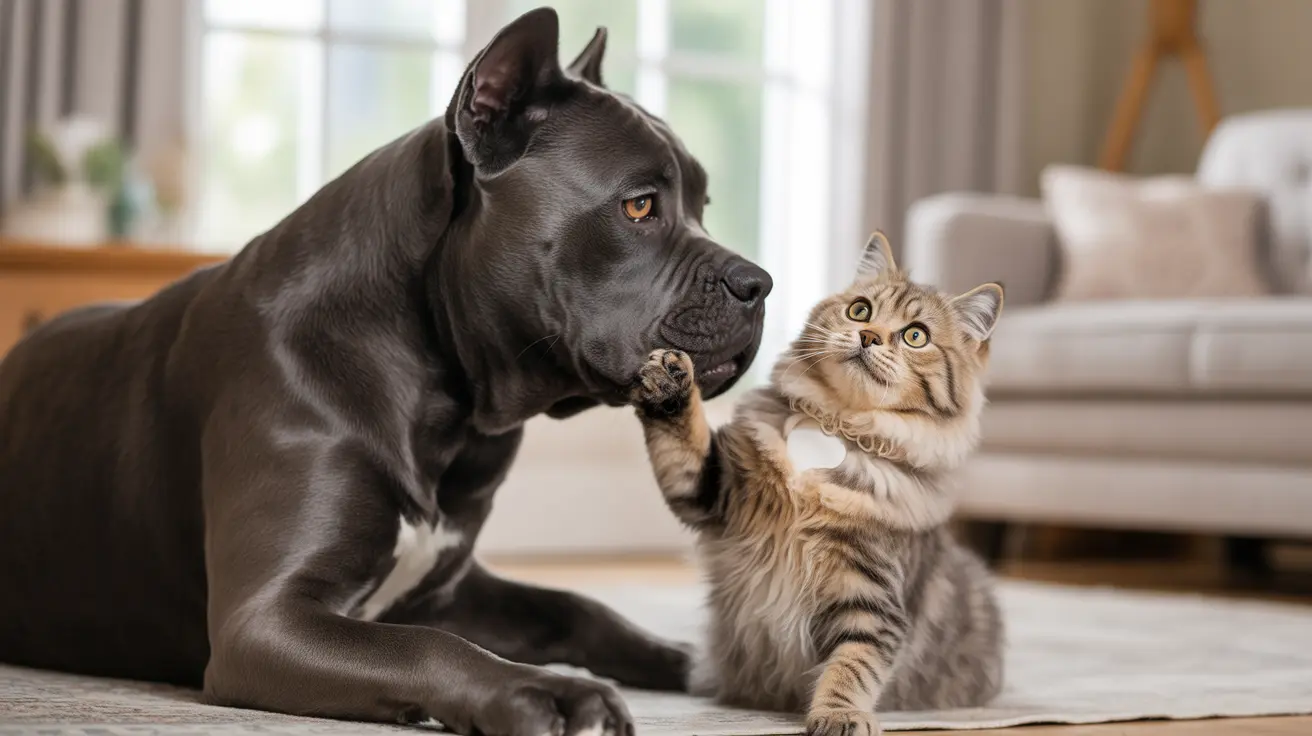As pet owners witness interactions between their dogs and cats, a common question often arises: can a dog get a cat pregnant? The simple answer is no - it's biologically impossible. Let's explore the scientific reasons why dogs cannot impregnate cats and dispel some common myths surrounding this topic.
Understanding the biological barriers between different species is crucial for pet owners and animal enthusiasts alike. This article will delve into the genetic, anatomical, and evolutionary factors that make cross-breeding between dogs and cats impossible, while addressing common misconceptions about interspecies reproduction.
The Fundamental Genetic Barrier
The primary reason dogs cannot impregnate cats lies in their genetic makeup. Dogs belong to the Canidae family and possess 78 chromosomes (39 pairs), while cats, members of the Felidae family, have 38 chromosomes (19 pairs). This fundamental difference makes successful fertilization impossible, as the genetic material cannot properly combine to form a viable embryo.
These species have evolved separately for over 40 million years, resulting in completely incompatible reproductive systems. It's comparable to trying to fit pieces from two different puzzle sets together - they simply weren't designed to match.
Anatomical Differences and Physical Barriers
Beyond genetics, the physical structure of canine and feline reproductive systems differs significantly. The anatomical incompatibilities between these species make natural mating physically impossible. The size, shape, and function of their reproductive organs have evolved to be species-specific, preventing successful coupling.
Understanding Mounting Behavior
When dogs mount cats, it's not a sexual or reproductive behavior. This action typically indicates:
- Dominance display
- Social play
- Excitement or stress
- Behavioral issues
- Medical conditions
Debunking Common Myths and Urban Legends
Throughout history, there have been numerous claims about dog-cat hybrids, often called "kuppies" or "dittens." These stories are consistently debunked through scientific investigation. Many such claims originated before modern genetic science, when people might misinterpret situations like:
- A cat nursing orphaned puppies
- Unusual-looking mixed-breed dogs or cats
- Deliberately staged hoaxes
Responsible Pet Ownership and Behavior Management
While cross-breeding between dogs and cats is impossible, responsible pet ownership still requires attention to reproductive health. Spaying and neutering pets remains essential for population control and health benefits. If problematic mounting behavior occurs, consult a veterinarian or animal behaviorist for proper guidance.
Frequently Asked Questions
Can a dog actually get a cat pregnant or produce a hybrid offspring?
No, it is biologically impossible for a dog to impregnate a cat or produce hybrid offspring. The significant genetic and anatomical differences between these species create insurmountable barriers to reproduction.
Why do dogs sometimes mount cats if they cannot reproduce together?
Dogs may mount cats as a display of dominance, during play, due to excitement, or because of behavioral issues. This behavior is not sexual in nature and has no reproductive potential.
What genetic and anatomical differences prevent dogs and cats from mating successfully?
The primary differences include incompatible chromosome numbers (78 for dogs vs. 38 for cats), distinct reproductive anatomy, and millions of years of evolutionary separation making their DNA incompatible.
Are there any documented cases or scientific evidence of dog-cat hybrids?
No legitimate scientific evidence exists of dog-cat hybrids. All claimed cases have been thoroughly debunked or proven to be hoaxes when investigated by experts.
How should I address mounting behavior between my dog and cat to avoid problems?
Address mounting behavior through training, increased exercise, and environmental enrichment. Consult a veterinarian or animal behaviorist if the behavior becomes problematic, as it may indicate underlying issues requiring professional attention.
Remember, while dogs and cats can live together harmoniously as pets, they remain distinct species with clear biological boundaries preventing interbreeding. Understanding these facts helps maintain responsible pet ownership and dispel harmful myths about cross-species breeding.






